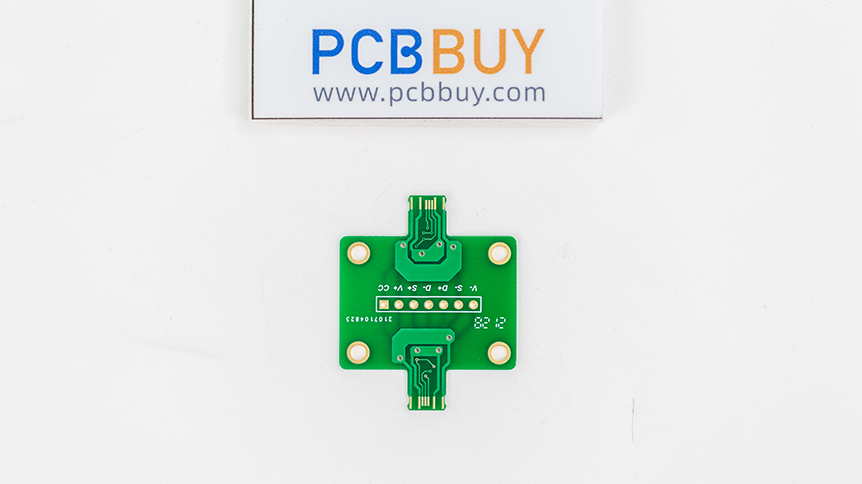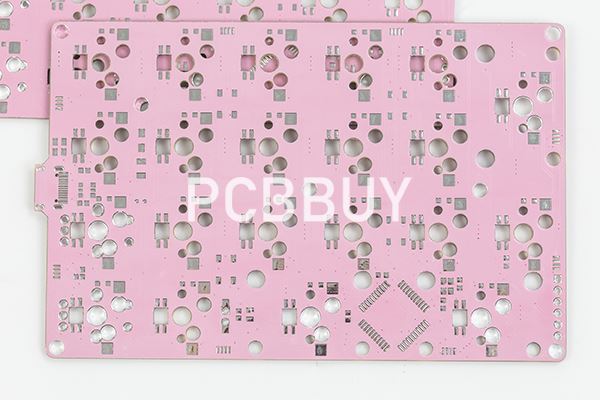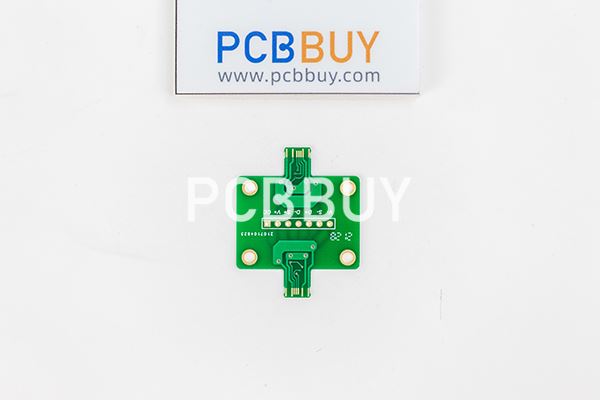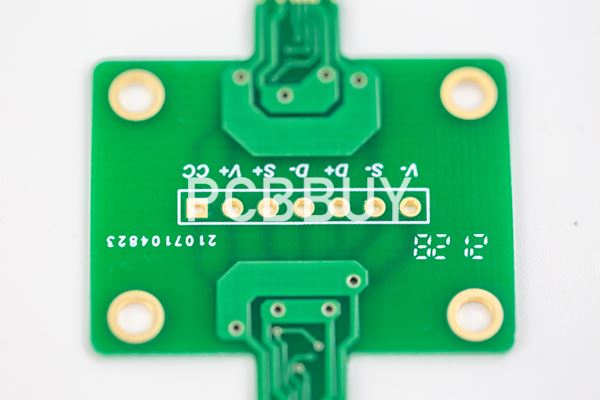What Are the Causes of Tombstoning in PCB?
By:PCBBUY 03/25/2024 15:21

As the name suggests, tombstoning resembles those large, sometimes slanted slabs of granite that you’ll find at a cemetery. In the case of a PCB design, tombstoning is typically a surface mount passive component, like a resistor or a capacitor, that partially lifts from a pad on one end. Tombstoning is just one of many issues that can occur during the soldering process when all of your components get attached to a bare board. And since the beginning of PCB manufacturing, tombstoning has been and continues to be an issue. In this passage, please check and read the content below for more tombstoning in PCB.

What Are the Causes of Tombstoning in PCB?
Self-alignment
The placement head of the automatically correct placement machine place the MLCC (such as four per second) quickly in the process of printing solder paste pads, the board surface and placement head will move quickly according to the X and Y coordinates given by the program. And finding the position and place the MLCC on the pad. At this time, although the X and Y coordinates of the center position of the MLCC are correct, the MLCC may be offset by the angle θ due to unevenness of the pad or sliding of the solder paste when placed on the pad during the instant or after the transfer. Subsequently, due to the simultaneous melting of the two solder joints, the uniform tin-dipping force that appears will pull the MLCC back to the correct position. This situation is a more common type of MLCC in the SMT process.
Skewing
When the two solder joints fail to melt at the same time, or the tin-dipping forces at the two points differs greatly, the tin-dipping forces on one of the solder pads will pull the MLCC more diagonally, as in the case of Figure 2, called Skewing. Sometimes, although it is pulled straight, it is completely pulled towards itself, resulting in a virtual welding at one end.
What are the factors of tombstoning in PCB?
The tombstone defect occurs due to different wetting speeds that result in imbalanced torque. Wetting is when the solder reaches a fluid state to attach a component lead to the pad. Ideally, the solder attaches to both pads while the wetting process is uniform, but unbalanced soldering causes tombstoning.

However, a PCB layout tombstone can also occur due to:
· Improperly designed solder pads
· Inaccurate placement of components
· Inconsistent pad size
· Presence of nitrogen
· Uneven reflow oven temperature
· Chip placement being parallel to the reflow oven
· Inconsistent heating capacities in the PCB’s materials
In early SMT manufacturing, the tombstoning phenomenon was related to infrared reflow (IR) and vapor phase reflow (VPR) welding. In VPR soldering, the temperature rises too fast, causing the solder paste to melt unevenly if the two components' ends have different heat capacities. In IR, the different heat absorption colors at both components' ends melt unevenly and cause tombstoning.
How to prevent tombstoning in PCB?
There are three main DFM areas to focus on that will help you to prevent tombstoning from occurring on your PCB design:

· Footprint pad size: If the pad sizes for your small passive parts are incorrect, it could affect the thermal mass of the solder joints. A pad with less mass will cause the solder to reflow sooner than larger pads. It is important, therefore, to follow industry standards or the manufacturer’s recommended sizes when you build the CAD footprint pads.
· Footprint construction: Along with building the pads to the correct size, you also need to ensure the entire footprint for the passive parts is built correctly. If the part is not centered on its origin, it could lead to problems as you saw in the video. You also must ensure that the pads are correctly spaced and that you are using the same size pad for both pins of the part. Again, the key is to follow industry standards and the manufacturer’s recommendations when building your footprints.
· Trace routing and power planes: Even if you have a perfectly sized and balanced CAD footprint, there could still be a risk of differing thermal mass between the pads if the routing is not balanced. Connecting one pad with a thin trace while connecting the other pad with a thick trace will create an imbalance in the thermal mass of the two pads. The additional metal will act as a heat sink, causing the solder paste on that pad to melt slower than the other. Embedding a pad within a power plane is even worse, as the larger area of metal will pull more heat with it. Be careful to balance the routing between the two pads as much as possible, and use thermal ties when connecting a pad directly to a metal plane.
By following these recommendations, you have a much better chance of avoiding tombstoning of your small passive parts. Here’s another way that you can get some help with your design so that it will be more easily manufactured.
Industry Category











